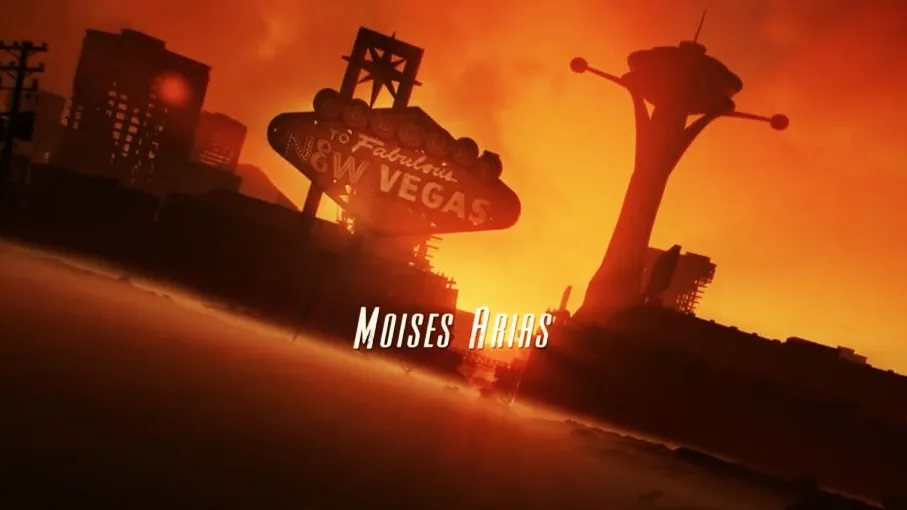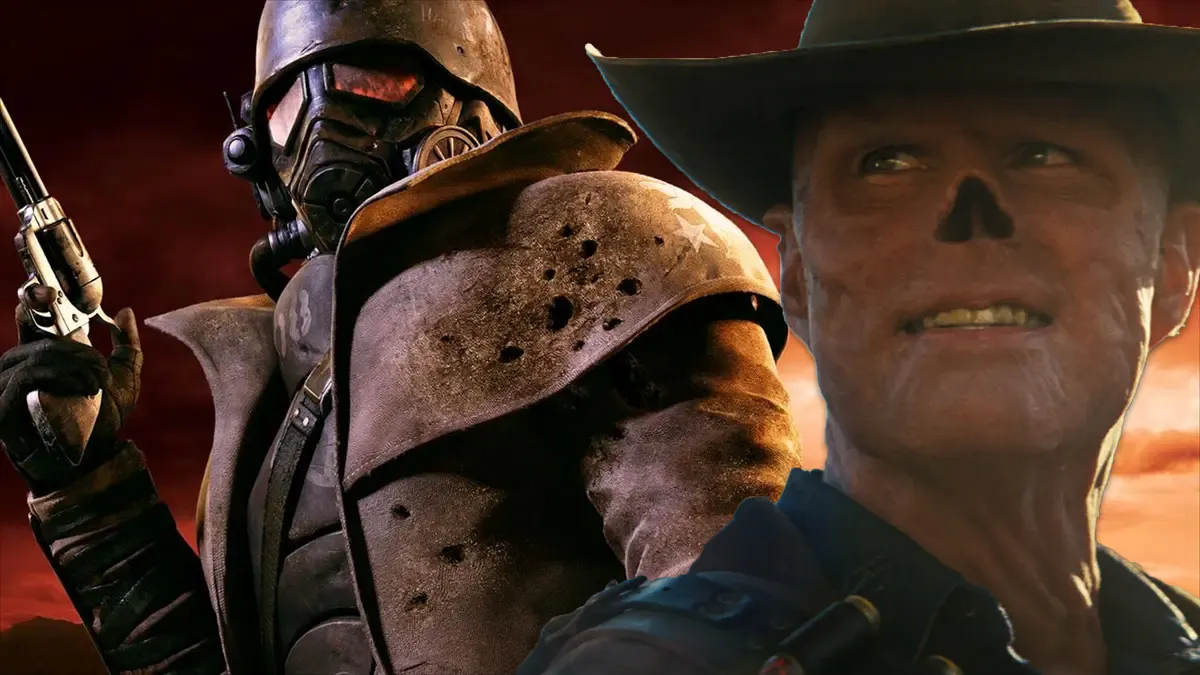Warning: This article contains spoilers on Prime Video’s Fallout Season 1, available now.
I’ve been a fan of the Fallout franchise since around 1998, when I borrowed my brother’s copy of the original game and installed it on a laptop that, by modern standards, would be less powerful than my TV. I’ve been obsessed with the lore for a long time, and after having watched all of the Prime Video series, I’m here to tell you: It changes a lot, specifically in regards to Fallout: New Vegas.
War Sometimes Changes, I Guess

Overall, Fallout is a pretty accessible show to those who haven’t played the games, and it generally gives you the information that you need to know. For the most part, the first half of the episodes don’t rely too heavily on anything from the games, choosing instead to mostly just provide a few winks and nods. However, it’s in the back half of the show that things really start to engage with existing canon.
The original reason I intended to write this article before actually going into a several hundred word screed on canon, is that Prime Video’s Fallout seems to confirm that it was Vault-Tec, not China, that dropped the bomb that started the nuclear apocalypse. The details are still a bit fuzzy, and it’s possible they’ll be reconciled later, but yeah. That’s a pretty massive re-write, and a confirmation of a long-time fan theory, that turns Vault-Tec from sinister corporation into the literal capitalist ghouls who ended the world. That’s neat. However, there’s something I’m even more interested in after having finished Season 1.
Towards the end of Season 1, viewers discover that Shady Sands has been destroyed. For fans of the games, that’s a pretty big deal. Shady Sands is one of the first locations you go to in Fallout, and it’s from there that the New California Republic (NCR) starts. The group is a major player in the Fallout Universe and is, generally speaking, a sort of “Good” option for those wanting to restore order and civilization to the post-apocalyptic Wasteland.
It’s not totally clear what the destruction of Shady Sands and a main hub for the NCR means for the wider NCR in the USA, but it’s pretty clear that, at least in California, they’re on the outs. By the end of Season 1, the last enclave is wiped out pretty much entirely by a particularly fanatical version of the Brotherhood of Steel, making it clear that the NCR is far past its prime.
Part of this ties into the Fallout TV series’ awkward relationship with Fallout: New Vegas. Of the modern Fallout games, New Vegas is the only one that wasn’t developed by Bethesda, who only served as publisher on the project. Instead, it was made by Obsidian Entertainment, who are known for titles like Pillars of Eternity and Knights of the Old Republic II: The Sith Lords. A lot of fans love New Vegas, but it’s also often seen as a kind of neglected entry in the franchise, causing some people to think that Bethesda actually resents it. There’s no indication that’s really the truth, and Bethesda’s Todd Howard has expressed his positive feelings about the game in the past.
Still, what happens in Prime Video’s Fallout is unlikely to quash rumors that Bethesda doesn’t like New Vegas.
The final shot of Prime Video’s Fallout actually takes viewers back to New Vegas. Well, specifically a version of the city that’s been utterly destroyed. It’s not entirely clear how this is meant to square with franchise canon. Not to get too into the nitty-gritty of it, Fallout: New Vegas essentially comes to an end in around 2281 or 2282. The TV show takes place in about 2296. That means in around 15 years, one of the biggest cities has been utterly destroyed by forces unknown and the NCR is a shell of its former self.
A lot of fans online have seemed pretty annoyed about this already, and honestly, I understand why, even if I don’t necessarily agree. I don’t think, though, that the Fallout TV show has necessarily de-canonized New Vegas. Instead, it’s trying to deal with the difficulty that is existing in the canon of a franchise that relies on choice while being a TV series that can only tell its story one way.
At the same time, the Fallout franchise relies heavily on choice, and the endings have always been an immaculate showcase of that. They’re a way of seeing what the long-term implications of your choices are on the world around you. The Fallout TV series just can’t accommodate those choices, and in doing so, it can make it feel like the player’s choices didn’t matter. Canonically, no matter what you did, the NCR and New Vegas ended up in shambles. That’s deeply difficult to accept.
I get where people are coming from in disliking the changes that Prime Video’s Fallout has made to the franchise canon, specifically in regards to New Vegas. That was always going to be part of the challenge of making a live-action adaptation of the series, but I did really enjoy the show overall, so I want to give it a chance and see just what happened canonically to lead to the downfall of New Vegas and the NCR. If that choice leads to a better story, well, I’m fine with that.
Fallout is available now on Prime Video.






Published: Apr 11, 2024 11:07 am